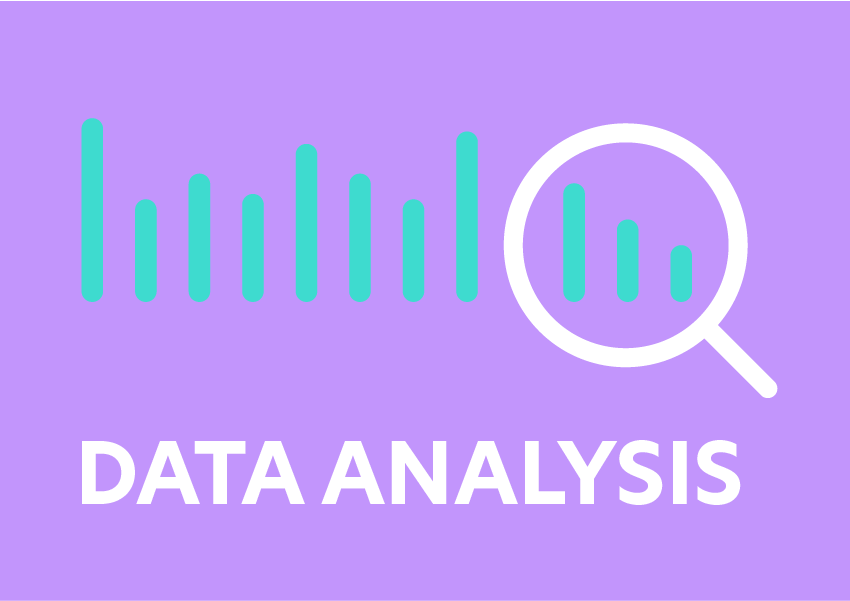
The Community Needs Index (CNI) looks at the experiences of the people in an area, alongside that area’s amenities and assets, to create a measure of the cultural and social factors that impact people’s outcomes.
While traditional measures of deprivation (such as the Index of Multiple Deprivation) focuses on the “presence of bad stuff” in a local area, the CNI was created to instead look at the “absence of good stuff” – particularly useful in helping policymakers target investment in social infrastructure.
Developed by OCSI, as part of a larger project with Local Trust to create a quantitative measure of ‘left behind neighbourhoods’, the measure is the first composite indicator of its kind, providing a different perspective to purely economic-based measures of local need.
The CNI is exclusively available to explore within Local Insight, for both England and Scotland alongside more than 1500 other local level datasets.
The CNI covers three domains. These domains are:
The English Community Needs Index (ECNI) was last updated in 2023, when the underlying indicators were reviewed to assess whether they were still appropriate, could be updated or could be strengthened. As a result of a consultation, the ECNI was also updated to use 2021 LSOAs as the underlying geography.
You can find more information about this update in this blog post.
You can also find full details of the underlying indicators that make up the domains of the English Community Needs Index within the Technical Methodology Paper.
The Community Needs Index forms a crucial part of our research into left behind neighbourhoods (which are defined as those areas that are ranked in the bottom 10% on both the Community Needs Index and the Index of Multiple Deprivation.
This work contributed to the formation of an All Party Parliamentary Group (APPG) – a cross-party group of MPs and Members of the House of Lords which was seen as “the first in-depth inquiry into how the government’s levelling up policies are working on the ground.”
The CNI was also used to allocate funding for the Know Your Neighbourhood (KYN) Fund. A package designed to widen participation in volunteering and tackle loneliness in 27 disadvantaged areas across England.
Beyond that, Sport England used the Community Needs Index within their Place Partnerships work to support low income communities that don’t have the access to the same facilities or opportunities as other more affluent areas. £190m of funding will be focused on the 80 – 100 places that have the greatest need, which they identified by using the Community Needs Index as a key data source within their Place Need Classification.
The Community Needs Index is exclusively available to explore within Local Insight.
Within the platform, you will find the overall Community Needs Index rank and each of the three domains that it consists of, within the ‘Community Indicators’ default theme. For each of these, the figure presented is an area’s average LSOA rank – where a rank closer to 1 indicates a higher level of need.

If you head to the Themes Manager, you can also find the Community Needs Index score. Here, the figure presented is reversed, with a higher score indicating that an area has higher levels of community need. The insights you make with the CNI can be exported from Local Insight easily.
For a two week trial of Local Insight, where you’ll have the opportunity to explore the CNI for your areas, please book a demo.
You don’t need to spend hours making ward profile reports. If you…
More
There are a number of different methods that can be used to…
More
Local Insight’s dashboard gives you an at-a-glance view of the latest data…
More